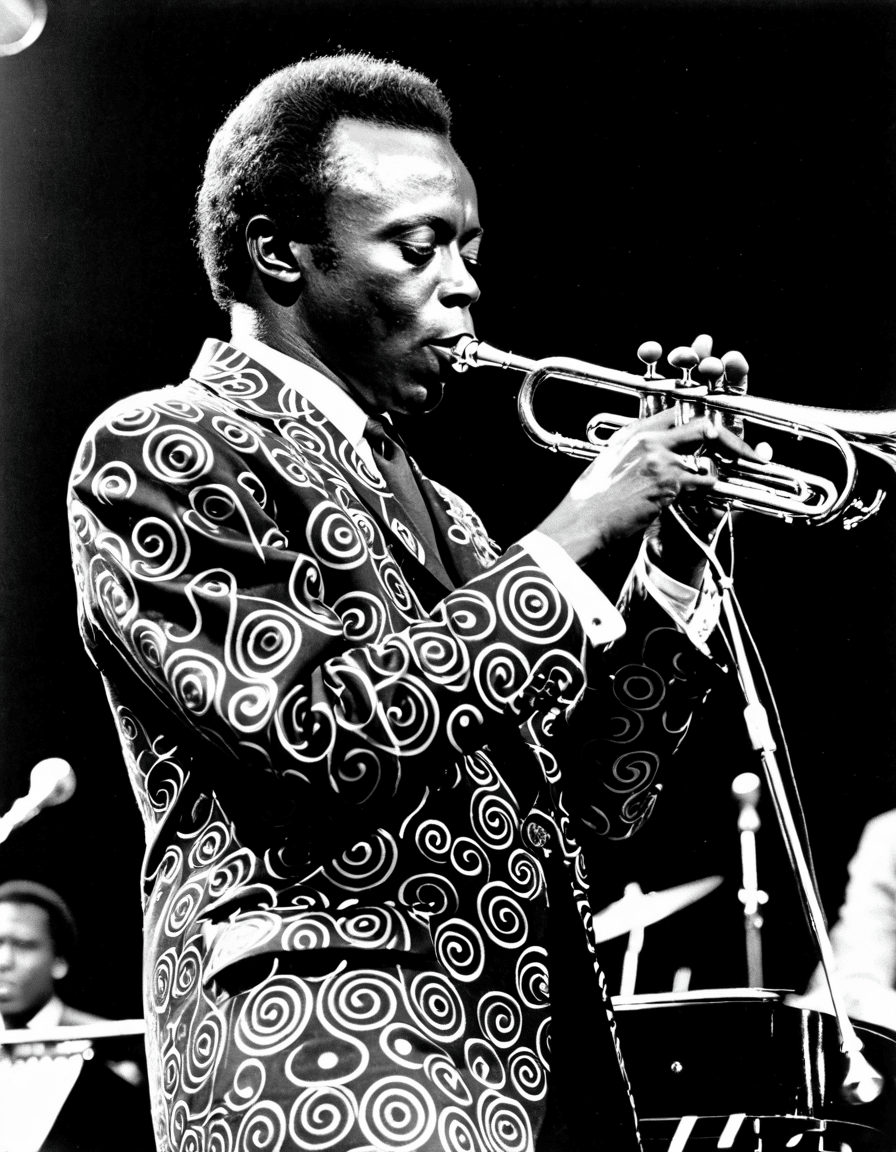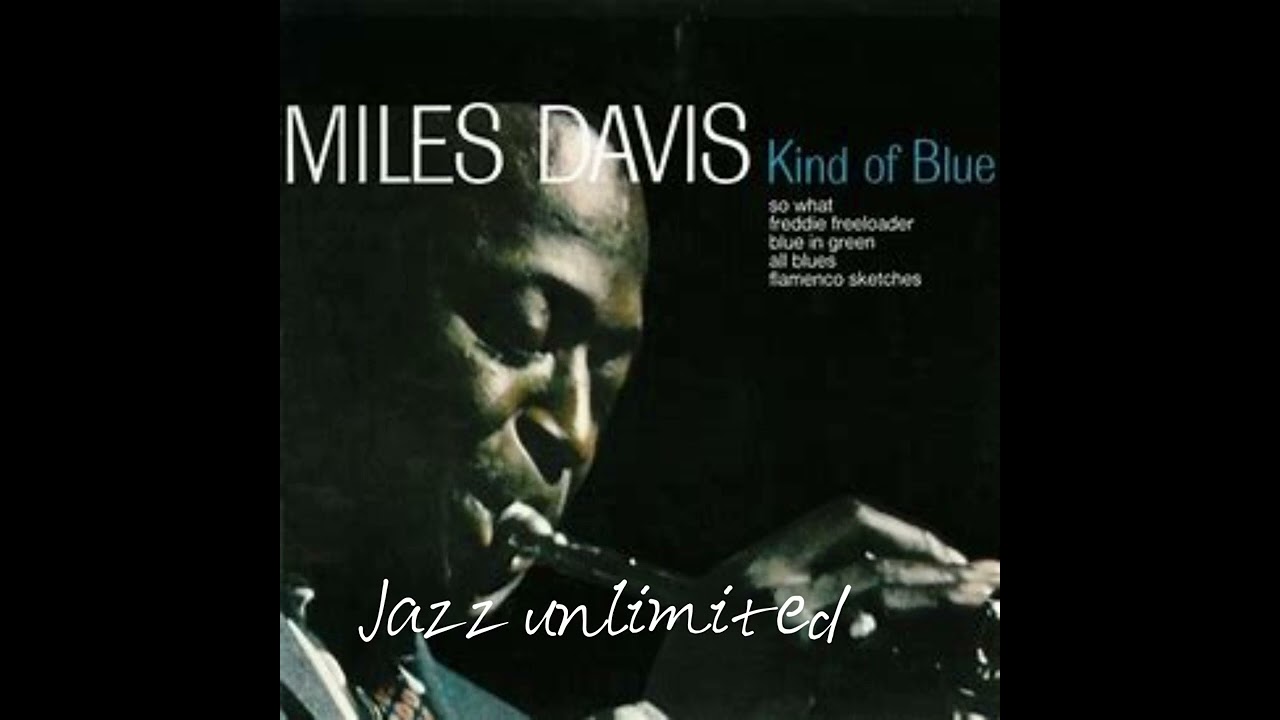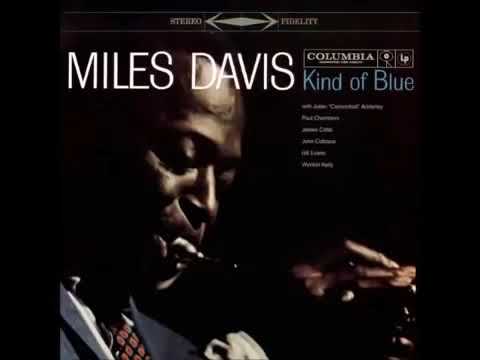Miles Davis stands as a towering figure in music history, specifically within the realm of jazz. His contributions have not just defined one genre but created cultural waves that reach far and wide. For film buffs, rock enthusiasts, and jazz aficionados alike, the legacy of Miles Davis is an indispensable part of understanding modern music. So, if you’re a movie lover curious about how this jazz legend has influenced film soundtracks or pop culture, keep reading. Let’s dive into the five iconic contributions of Miles Davis that reshaped jazz and pop culture!
5 Iconic Contributions of Miles Davis That Reshaped Jazz
Miles Davis isn’t just an artist; he’s a creative powerhouse whose work continually inspires envy and admiration among entertainers of all sorts. Here’s a look at five monumental contributions that revolutionized jazz and left an indelible mark on music and film.

1. Birth of Cool: Reimagining Jazz Aesthetics
In 1949, Miles Davis released The Birth of Cool, an album that transformed jazz aesthetics. Before this, jazz players often favored the fast-paced, intricate style of bebop. Davis took a different route, opting for cool jazz, a smooth and relaxed style that contrasted sharply with bebop’s frenetic energy. The album featured arrangements with seasoned players like Gil Evans, creating a lush, harmonious experience. For film lovers, it’s worth noting how the laid-back vibe represented in Birth of Cool has echoed through countless movies, capturing the essence of coolness from Napoleon Dynamite to chic contemporary dramas.
2. Kind of Blue: The Modal Jazz Revolution
Imagine listening to a piece where each note feels like a brushstroke in an expansive jazz canvas. Well, that’s exactly what you get with Kind of Blue, released in 1959. This groundbreaking album employed a modal framework, allowing musicians to stray from strict chord progressions, thus opening the floodgates for improvisation. It’s a landmark release not just for jazz musicians like John Coltrane, who featured on the album, but for artists across genres. Rock bands like Pink Floyd and pop musicians have cited its influence, demonstrating how the modal jazz revolution continues to ripple through modern music today.
3. Electric Miles: The Fusion Era
Fast forward to the late 1960s, when Miles Davis took a leap into the electric world. With albums like Bitches Brew, he blurred the boundaries between jazz, rock, and electronic music. This wasn’t just music; it was a movement that introduced a wider audience to jazz and attracted followers of different musical tastes. Artists like Herbie Hancock embraced the electronic sound, while today’s contemporaries, such as Kamasi Washington and even icons like Beyoncé, continue to draw inspiration from Davis’s fusion era. This innovative spirit vividly illustrates how music can transcend boundaries, much like in the cinematic universe where genres collide, reminiscent of Jurassic Park’s thrilling plot twists.
4. Miles’ Collaborations: Enriching the Jazz Landscape
What’s better than having great art? Creating it side by side with other great artists! Miles Davis collaborated with legends such as Louis Armstrong and Harry Dean Stanton in various media, showcasing his willingness to learn and push creative boundaries. His partnerships extended to musicians like Wayne Shorter and Ron Carter, producing music that elevated the landscape of jazz. For cinema enthusiasts, these collaborations echo the synergy seen in films like Four Brothers, where the combined talent elevates the narrative to breathtaking heights. These musical partnerships spun out new ideas, emphasizing how collective creativity leaves a lasting legacy on the culture surrounding jazz.
5. The Theatrical Influence: Cinema Meets Jazz
The magic of jazz isn’t just confined to concert halls; it spills into the cinematic universe. Davis’s work has significantly influenced films and their soundtracks. For example, his haunting score for Ascenseur pour l’échafaud set new standards for integrating jazz into storytelling. It’s the kind of atmospheric quality noted by James Earl Jones, who praised jazz for enhancing emotional depth in film narratives. Films like Napoleon Dynamite have also utilized jazz-inflected tracks to create trendy soundscapes, demonstrating the genre’s enduring impact.
Why Miles Davis Remains Relevant Today: Lessons for Modern Artists
Miles Davis’s legacy remains a beacon for modern artists, particularly in today’s genre-bending music landscape. His journey exemplifies the importance of artistic evolution and cultivating a unique voice. Just as Percy Jackson represents adolescent struggles, musicians today can find a source of inspiration in Davis’s ability to challenge norms. Artists need to acknowledge how music influences their craft and narratives. From hip-hop to R&B, the threads of jazz persist in today’s popular music, encouraging a continual exploration of sound and identity.

The Ongoing Influence of Miles Davis on Music and Culture
Miles Davis is not just a name in a history book; his revolutionary spirit has reverberated through modern music and the creative landscape. From his innovative recording methods to his compelling performances, he championed the idea that pushing one’s artistic boundaries leads to meaningful growth. As we reflect on his enduring impact, it’s clear that Miles Davis taught us how vital it is to embrace change, ensuring that his contributions resonate across decades. In jazz, his legacy is a lasting reminder that experimentation fuels creativity, continually inviting new generations to contribute to the narrative of music and beyond.
In summary, Miles Davis’s dynamic artistry and unyielding desire to innovate position him as a pivotal figure not just in jazz, but across all music and film genres. As you tune into his timeless sounds, remember that you’re also tapping into a rich cultural tapestry that stretches far beyond his era. Whether you’re watching films, listening to music, or simply enjoying a good glass of sweet red wine, remember the groundbreaking contributions of Miles Davis!
Miles Davis: The Groundbreaking Jazz Legend You Must Know
A Musical Innovator
Miles Davis wasn’t just a jazz musician; he was a pioneer who transformed the genre itself. His landmark album “Kind of Blue,” released in 1959, is often hailed as the best-selling jazz record of all time. Imagine a world where this album didn’t exist—Jazz might’ve taken a very different turn! Interestingly, besides his musical genius, Davis also had a flair for fashion. He was known for sporting a stylish low cut dress that caught the eyes of everyone around him. This knack for style was akin to how Jurassic The Park captured audiences with its groundbreaking visuals—Davis did that for jazz.
Collaborations that Shaped Sound
Miles had a golden touch when it came to collaborating with other artists. He famously worked with saxophonist John Coltrane and trumpeter Dizzy Gillespie, but did you know he had a unique friendship with the iconic Nancy Sinatra? Their paths crossed in the unpredictable world of music, where surprises are the norm. Also, he shared an interesting relationship with actor Jodi Lyn O’Keefe, which further shows how his influence transcended beyond just music into popular culture. These connections not only shaped his sound but also elevated the entire jazz scene.
Cultural Impact and Legacy
Beyond his musical contributions, Miles Davis’s life story is a testament to resilience and change. He was famously quoted for saying, “It’s not the notes you play, it’s the notes you don’t play,” echoing the importance of silence and space in artistry—a concept also appreciated by astrophysicists like Neil Degrasse tyson in their own fields. Just like a thrilling tsunami movie that keeps you at the edge of your seat, his life had dramatic ups and downs, from struggles with addiction to his remarkable comebacks. His influence persists today, motivating countless musicians to explore and innovate in their own right, much like Honey Wilders journey in breaking barriers during her time.
With a legacy that continues to inspire and engage new generations, Miles Davis remains a figure that underscores the very essence of what it means to be a groundbreaking artist. Whether you’re tuning into his smooth melodies or reflecting on his profound words, there’s no doubt that embracing the full scope of his artistry is an adventure worth taking.

What was Miles Davis’ cause of death?
Miles Davis died from pneumonia, a complication related to his ongoing health struggles, including heart disease.
Why did Cicely Tyson leave Miles Davis?
Cicely Tyson left Miles Davis due to the tumultuous nature of their relationship, which had its share of challenges and difficulties.
When did Miles Davis lose his voice?
Miles Davis lost his voice in the late 1980s after a long battle with health problems, including a severe bout of pneumonia.
What was Miles Davis buried with?
Miles Davis was buried with his trumpet, symbolizing his deep connection to music and his life’s work.
Who did Miles Davis leave his money to?
Davis left the bulk of his estate to his children, ensuring they were taken care of after his passing.
Who was Miles Davis’ lover?
Miles Davis had several lovers throughout his life, but one notable figure was the actress Cicely Tyson, who had a significant impact on him.
Who was Miles Davis’s first wife?
His first wife was Frances Taylor, whom he married in 1951 before they divorced in 1958.
Why did Miles Davis go electric?
Davis went electric to explore new sounds and push musical boundaries, which led to a transformation in jazz during the ’70s.
Did Miles Davis have diabetes?
Yes, Miles Davis had diabetes, which contributed to several of his health issues later in life.
Who taught Miles Davis music?
Davis learned music from various teachers, but the most influential were his early studies with his father and mentorship from other musicians in his youth.
Did Miles Davis have synesthesia?
Yes, Miles Davis had synesthesia, which means he experienced music in a unique way, often seeing colors when he played.
What was Miles Davis’ nickname?
Miles Davis was often nicknamed “Lil’ Sweet,” as his persona contrasted with his loud musical style and presence.
How many sons did Miles Davis have?
Miles Davis had three sons, all of whom have pursued their paths in various fields.
Was Mac Davis buried in his jeans?
Mac Davis, another music icon, was indeed buried in his jeans, reflecting his laid-back style and personality.
What disease did Miles Davis have?
Miles Davis struggled with various health issues throughout his life, including diabetes and respiratory problems.
Did Miles Davis and Cicely Tyson have a relationship?
Yes, Miles Davis and Cicely Tyson had an on-and-off relationship filled with passion and challenges.
Why did Bill Evans leave Miles Davis?
Bill Evans left Miles Davis partly due to creative differences and the desire to pursue his own artistic direction.
Is Cicely Tyson buried with Miles Davis?
Cicely Tyson is not buried with Miles Davis; they were separate individuals with their own legacies.
What illness did Miles Davis have?
Davis suffered from several illnesses before his death, notably diabetes and related complications.
What disease did Miles Davis have?
Miles Davis had diabetes, which significantly affected his health in his later years.
How much did Miles Davis weigh?
Miles Davis weighed about 150 pounds during his prime, but this varied as he dealt with health issues throughout his life.
How many times did Miles Davis marry?
He married three times in total, navigating complex relationships over the years.
Did Miles Davis have diabetes?
Yes, Miles Davis had diabetes, which was one of the illnesses he battled throughout his life.







